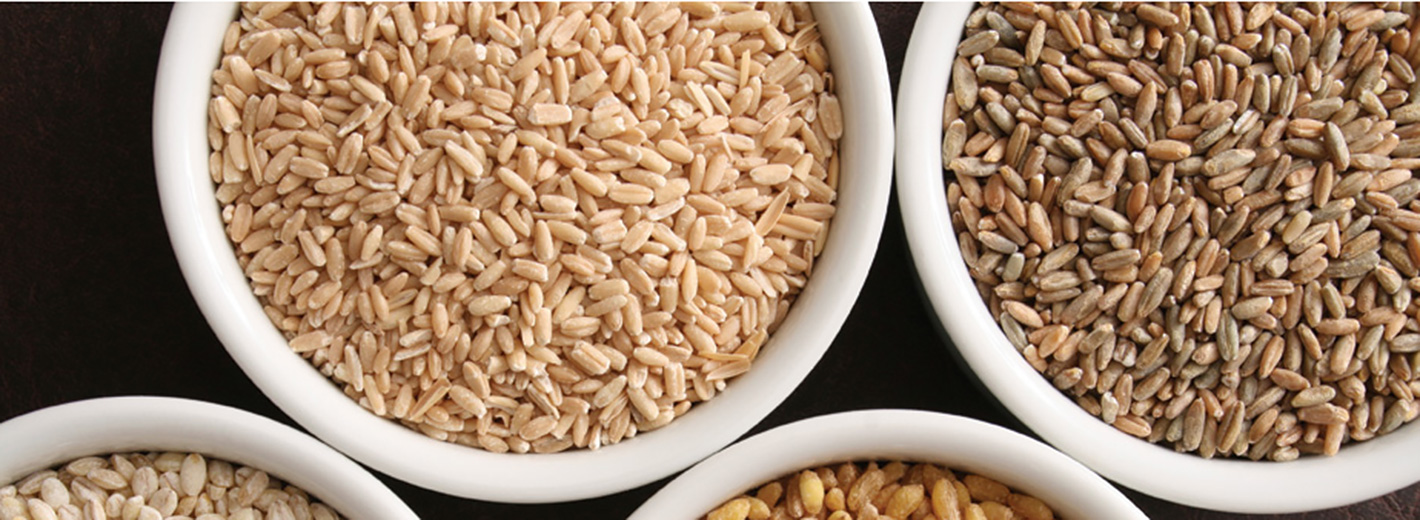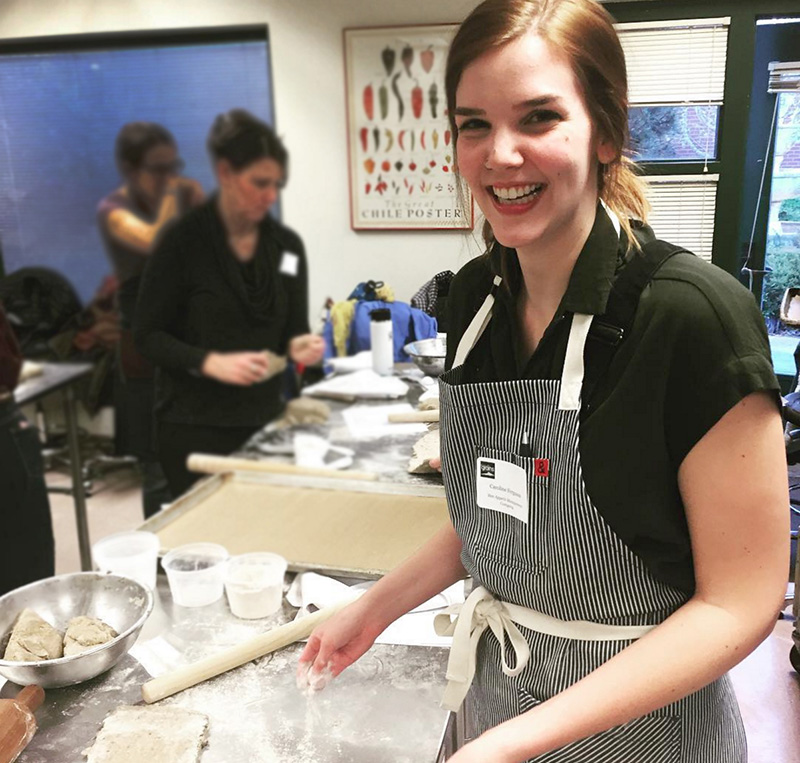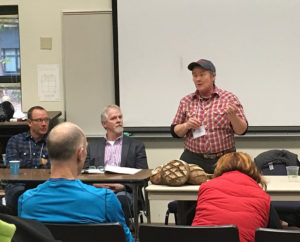
Helping Heritage Grains Rise Up in the Pacific Northwest
The Pacific Northwest has a great climate for growing grains, but its once-thriving heirloom grain industry has been supplanted by the large-scale monocrops more often grown in the nation’s plains.
An alternative movement, spearheaded by Washington State University’s Bread Lab and supported by a network of chefs, bakers, scientists, flour companies and more, is seeking to bring flavor and nutrition back to the region’s bread. Other pockets of the country are also reviving their stagnant grain economies: just a few months ago, my colleague Claire Kelloway recounted her visit to a New England stone mill that espouses a similar mission.
Flour, she reminded us, is made from plants. It’s perishable, and it’s supposed to have flavor.
Earlier this year, the Cascadia Grains Conference in Olympia, WA, brought together farmers, millers, brewers, distillers, bakers, policymakers, and other stakeholders interested in revitalizing the grain economy west of the Cascade mountains, and I was lucky enough to attend. The weekend kicked off with a hands-on baking demonstration from Dawn Woodward, who owns and operates Evelyn’s Crackers in Ontario, Canada. Dawn taught us how to make multigrain seed crackers, crisp pain d’épices crackers with red wine, Roquefort oat biscuits, and biscuits with currants and Berkshire lard. It was amazing to taste the difference that local, fresh-milled heritage grains make in baked goods. Until then I had been a little bit skeptical, but all doubt disappeared at first bite!
It was a good thing that the first day of the conference sparked an interest in heirloom grains, because by day two, we were diving right into the nitty-gritty. The day started with a two-part course on branding and accessing capital for a small grains business. I left with a whole new understanding and appreciation for how hard our Farm to Fork and Locally Crafted vendors must work to compete in an industry that caters toward large industrial producers!
After lunch and some treats from Locally Crafted vendor Essential Baking Company, we learned the ins and outs of milling from the spectacular Nan Kohler of Grist & Toll in Los Angeles. One of the most impactful things from her presentation was a diagram of how commercial flour transforms from whole grain into white fluff. The “simplified” diagram was mind-bogglingly complex — “all-purpose” flour is so thoroughly refined that all of the grain’s nutrition and flavor is stripped away. Flour, she reminded us, is made from plants. It’s perishable, and it’s supposed to have flavor. We all had the opportunity to smell a just-opened bag of fresh milled Sonora flour, and I couldn’t believe how sweet and bready it was.

Caroline participating in a cracker and flatbread demo taught by Dawn Woodward,
owner of Evelyn’s Crackers in Toronto, at the Cascadia Grains Conference
I then got to participate in a bread and beer tasting that drove home what we’ve all been missing in the switch to industrialized grain. Grand Central Bakery (a Bon Appétit Farm to Fork vendor), Fremont Brewing, and Copperworks Distilling all offered samples of their products that had been made with a variety of lesser-known local grains. Finally, because none of our enthusiasm for heritage grains is worthwhile if it’s impossible to understand, we had a seminar on cultivating consumer awareness of everything we had learned during the conference.
This industry is still very much in its infancy, and the companies that source heritage wheat are struggling very much against the grain (pardon the pun). But thanks to the conference — and to working for a corporate food service company that prioritizes supporting small farms and bakeries as part of its mission — I am filled with optimism about what this fledgling movement can become.
